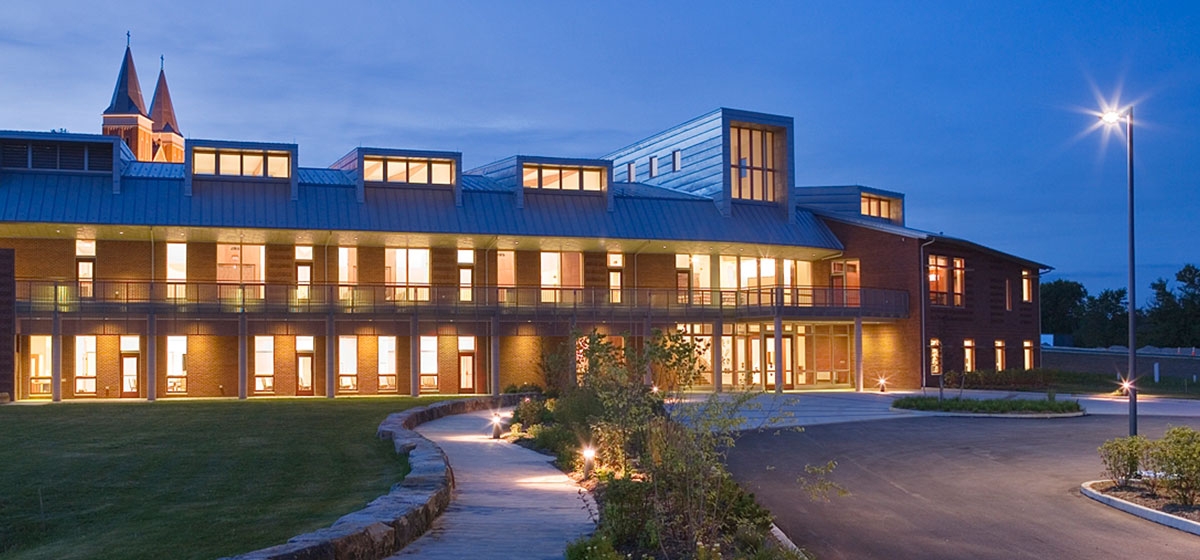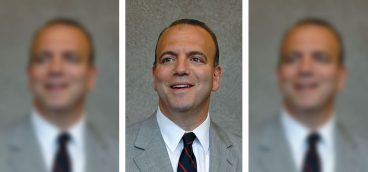
For those of us raising families in the 1970s and 1980s, Fred Rogers was that patient, soft-spoken gentleman who made extraordinary connections to our children on the same TV set that usually carried appallingly bad programming. Fred certainly was that wonderful television teacher, but he was much more. He was the genius behind the most powerful, beneficial programming ever created for children. He was also a technological innovator, a fearless crusader for higher broadcasting standards and an expert in child development and learning.
Just over 10 years ago, Fred began to consider life after “Mister Rogers’ Neighborhood.” Throughout his career, he had been distressed by the exploitation of children through television and other media. He intended to create and lead a media center where he could continue his advocacy of early childhood education and better media for children. With his friends, Bill Isler of Family Communications and Archabbot Douglas Nowicki of Saint Vincent College, Fred began planning the Fred Rogers Center. In 2002, however, he suddenly became sick with cancer and died within months. But the work went on, led by Isler, the archabbot and Fred’s widow, Joanne.
In September 2003, the Fred Rogers Center for Early Learning and Children’s Media was established at Saint Vincent College near Latrobe, Fred’s hometown. In 2008, the center moved into its permanent home, a gold-level LEED-rated building that has received national architectural acclaim. It includes the Fred Rogers Archive, which preserves and organizes Fred’s 50-year body of work—writings, musical scores and recordings, video from his television programs, and a variety of artifacts and mementos—and makes them available to researchers, educators and creators of children’s media.
The center is dedicated to advancing early learning and children’s media by acting as a catalyst for communication, collaboration and creative change. The guiding principle is to have programs worthy of Fred’s legacy—having the highest standards and best thinking in child development. Its three-year action plan—titled “Beyond the Neighborhood”—includes the following five programs that use media for positive educational and developmental outcomes for children up to age 5. Each has attracted significant funding and strategic partnerships.
1) The Fred Rogers Fellows program currently supports the projects of eight early career artists, technologists, media producers and educators dedicated to the creation and use of media.
2) The national Fred Forward Conference Series will develop into a bi-annual event. The first conference, “Creative Curiosity, New Media and Learning,” will be March 20–23 in Pittsburgh and at the center, and will explore the potential of technology and media—often seen as negative forces— to advance positive educational and developmental outcomes.
3) The Learning Lives documentary project is a partnership between the Center, the New York-based Families and Work Institute, and the Connecticut-based New Screen Concepts. It explores the impact of differing educational approaches on young children and will focus on 18 families in Greater Pittsburgh. The pro-ject hopes to utilize reality television to create compelling programming that will bring a better understanding of the importance of early education to a mass audience.
4) A child-created video project partnering with Fred Rogers Fellows from Teachers College of Columbia University and Harvard’s Center on Media and Child Health will use educational gaming and mobile video devices to create programming to engage children and caregivers in educational projects.
5) The Rogers Center Early Learning Network project is conceived as a Web-based platform to help teachers, home-based caregivers and families of young children with the challenges of early literacy and media literacy. The content focus—parenting, literacy skills and understanding of the impact of media on young minds and spirits—will include an emphasis on the importance of social-emotional development as a key component of learning.
The power of these five programs—and the potential power of the Rogers Center itself—is that they are positioned to do today what Fred himself did back in the l950s: use the force of communications technology to improve education by coupling media with the highest standards of academic rigor. The opportunity today is, if anything, greater than it was in the early days of television for a marriage of technology and high Fred Rogers standards to help families and children learn and develop.




